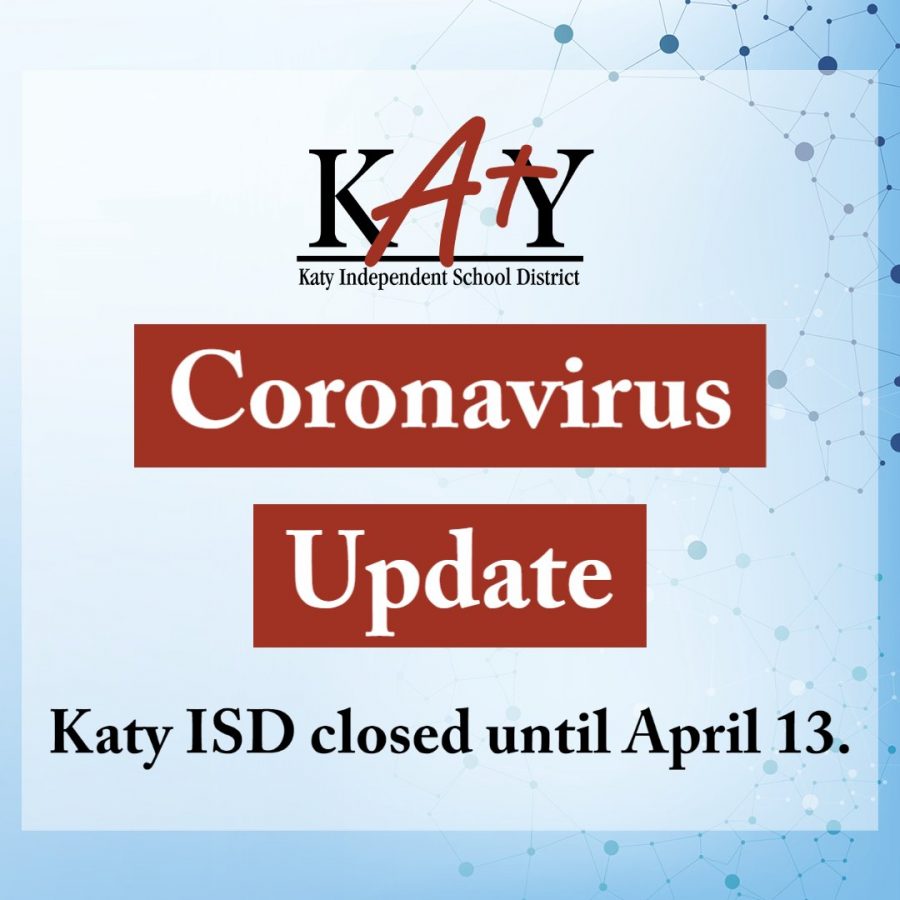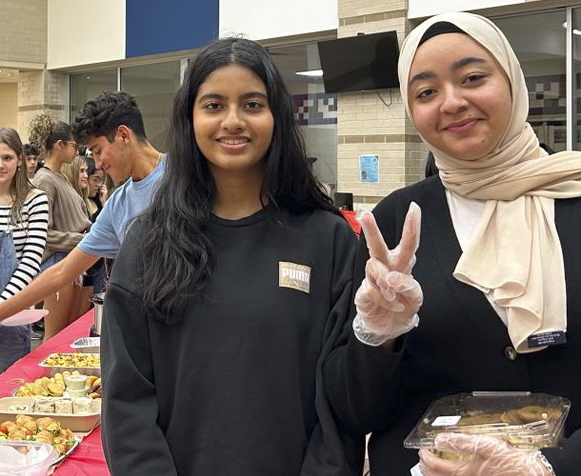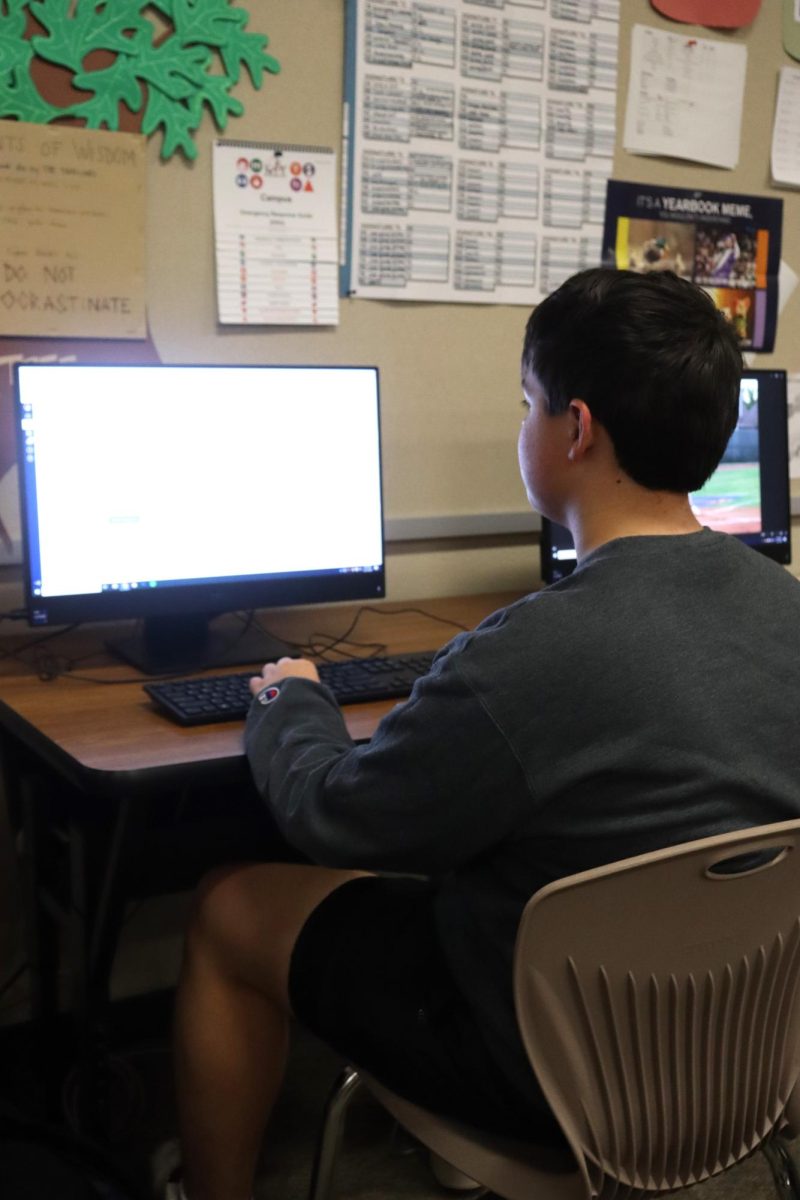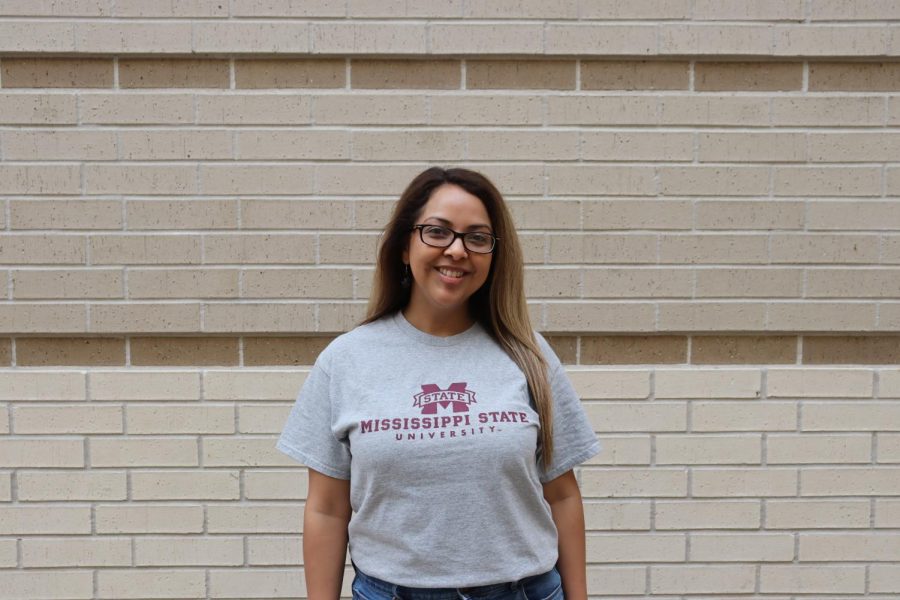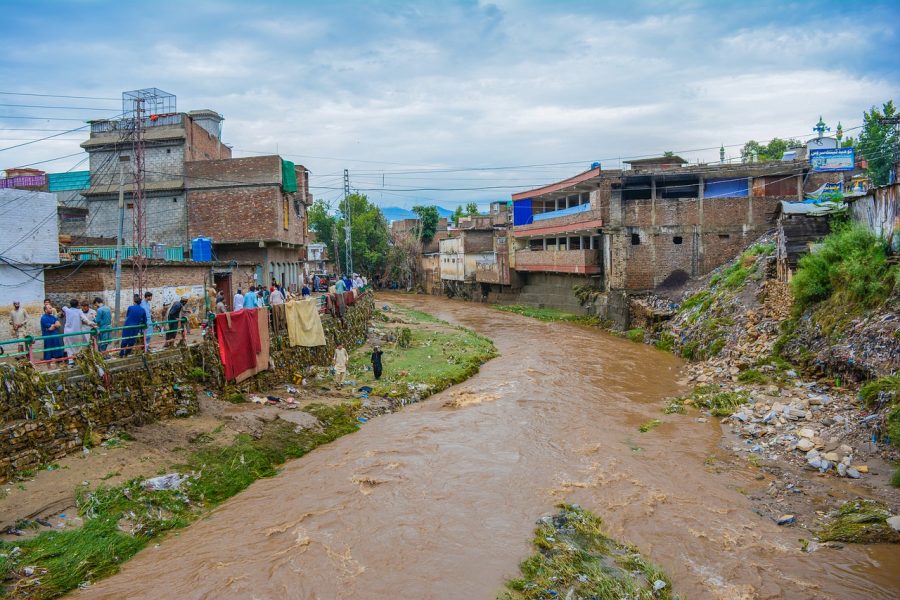Restaurants, stores, events, concerts, gyms, and more close their doors. Grocery stores limit their hours, and fast food restaurants stop dine-in. As citizens of the U.S. are urged to stay home, everyday life, including work, school, sports and extracurriculars are heavily affected. The world is in the midst of a global pandemic, named COVID-19 (Coronavirus). To combat it, national, state and local governments strongly urge everyone to practice ‘social distancing’, or to keep away from others in order to reduce the spread of the virus.
Because of this method to fight the virus, school districts, including Katy ISD, have decided to move to virtual schooling for a specified amount of time. It was announced on March 16 that Katy ISD would transition to online school until at least April 13. What this means for students, is online instruction, assignments and tests for approximately a month. While this method is extremely helpful for the health of society, it comes with a handful of challenges for both students and teachers.
“With teaching three subjects, the biggest impact has been organizing future units with so much material, planning adequate time for each unit now, with the unknown of future hands or face-to-face time,” said CTE teacher Kelly McCurry.
Like many other teachers, McCurry plans on using Canvas to communicate with and teach those in her classes. She will rely on the feedback from her students in order to adapt her assignment plans if need be. A challenge that many working parents are currently facing, including McCurry, is working while kids are not in school. McCurry not only has to create lesson plans for her students, but also help her son with his school work, learning how to read, and entertainment. She also notes that not having tangible learning materials and an interactive environment is a significant obstacle with virtual school.
“Lack of hands-on experience (is a concern) and the value students receive from teachers’ body language and tone really emphasize what is most important,” said McCurry. “Paper and virtual meetings cannot replace human emphasis.”
Students also have some concerns over how virtual learning will function. Junior Cristina Colina has had some teachers address their classes, however she is still unsure about how individual classes will function. Her largest apprehension is over grading. Like many other students, Colina does not know how the school will approach grading assignments and assigning minor and major grades. She also does not know how they will ensure a lack of cheating.
“My initial reaction to school transitioning to online was hesitation. I personally learn better with interactive, physical, and visual learning,” said Colina. “Learning through a screen, lacking that face-to-face communication, and relying more on simple reading and writing will be interesting.”
While online learning has some obstacles, and will be likely difficult to navigate, many can agree that virtual instruction will help the city and hopefully the country prevail through this challenging time.

